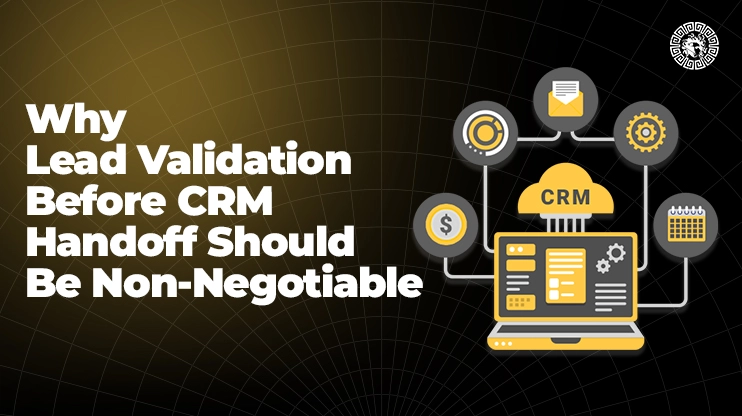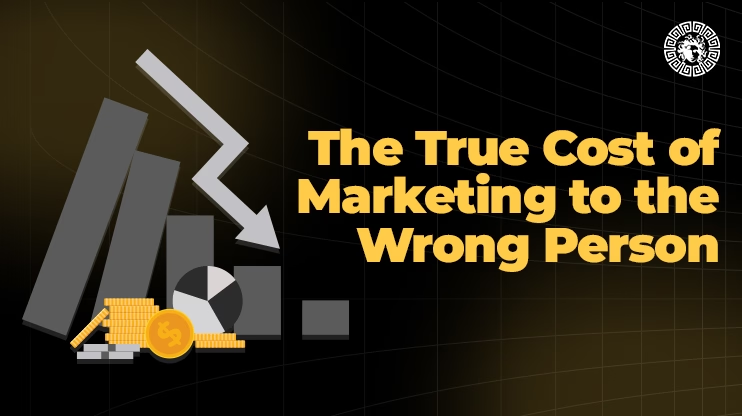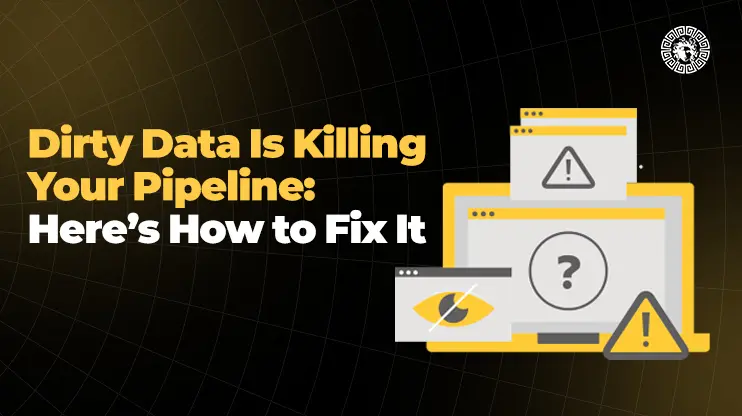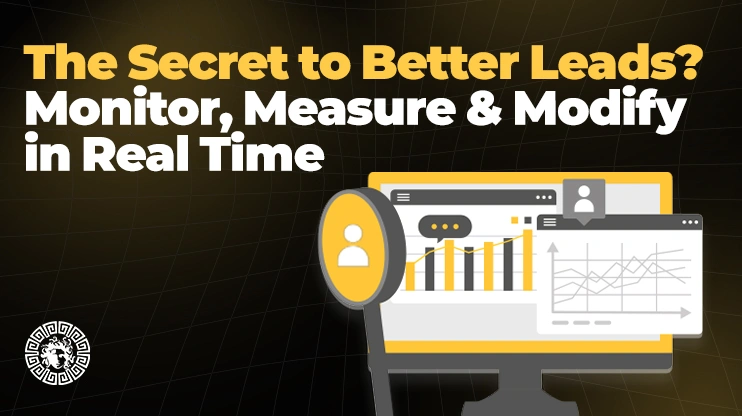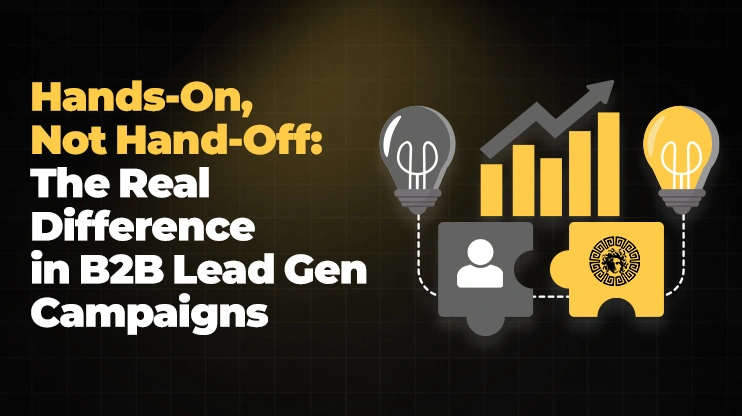How data can raise levels of account engagement and business growth. Learn how B2B marketers can turn ABM into ABX.
Accuracy is crucial when it comes to understanding data. As a result, brands can build strong relationships through periodic dialogues with a potential audience. It includes consideration of each account’s specific needs, profiles, and purchasing criteria.
Why ABX?
An account-based experience offers solutions based on the needs of specific accounts. It helps businesses build a strong customer base. Also, this detailed account information can help you tailor the message and content you send to each account to meet its exact needs.
Marketers can develop more robust ongoing customer engagement by following this principle and leveraging data-driven account-level insights more profoundly into the account lifecycle. This can speed up the discovery process and lead to a higher and faster customer conversion rate.
ABX is where the principles of data-driven engagement extend to every point of account touchpoint – from onboarding to renewals and from account management to customer success to create a relevant, cohesive experience of great value to customers.
Why ABM Needs to Evolve
Account-based marketing (ABM) is a term that has been around for a while, but it only started to gain momentum about five years ago. The main problem with its effectiveness in this current market is that in the name “marketing” there is no indication of or connection to sales.
Business entities can expand and diversify relationships within the client organization, ultimately exposing more opportunities. As a result, account-based marketing (ABM) can evolve into an account-based experience (ABX).
Difference Between ABM and ABX
In the established ABM model, the marketing team gathered the information to be shared with the sales teams and told sales where to focus their efforts. But the sales teams always have more direct contact and dialogue with potential and existing customers.
However, sales and marketing have always been and always will be so intrinsically linked, especially regarding their main drivers. How do we encourage engagement? How do we focus on our most important customers? How do we define our ideal client?
ABX tackles this problem head-on, taking ABM to the next level. It recognizes customer relationships more than marketing does. Considering the whole customer journey, it is important to how the entire organization interacts with each customer throughout the customer lifecycle.
How does ABX Function?
ABX focuses more on the customer journey rather than outdated marketing strategies. It offers a broader perspective and focuses on the phase from initial customer interest to sale, rarely considering renewal cycles, upselling, cross-selling, or other progress.
The first transaction with a new customer is essential; it should only be the start of the journey, the beginning of an ongoing relationship that develops a deeper understanding of the account and provides lifelong value.
For marketers to be more effective in the long run, they need to engage and collaborate with customer success, sales teams, and, to some extent, customer service. These functions must work together smoothly so that there is only one view of each client.
It ensures that every client interaction is consistent and smooth. Sales representatives can avoid bitter experiences by not performing a quarterly review to find a risk. Similarly, a completely unexpected but completely preventable quit. This is where ABX is a game-changer.
The Evolution to ABX
Account-Based Experience (ABX) is a methodology that relies on successful marketing, sales, and customer teams to create personalized customer journeys centered on individual accounts. ABX, also known as the ABM of the next generation, ensures that all interactions with the brand through the customer experience are focused on end-users and their needs.
Intent Data + ABX = The New ABM
It is important to note that ABX does not replace ABM; it’s more of an evolution. We’re not saying brands shouldn’t be ABM anymore, but you will observe ABM mature into ABX in the next few years.
Businesses need to recognize this, especially those new to ABM. They should consider their approach and explore the benefits of directly accelerating ABX to make their future at the ABM and demonstrate a more significant return on their strategy.
The New ABM
As the world moves towards a more customer-centric approach, businesses increasingly turn to ABM (Account-Based Marketing) and ABX (Account-Based Experience) strategies to engage with customers. This is especially true for the B2B industry, where customer engagement has become the key to success.
ABM is a strategy where businesses target specific accounts with personalized marketing campaigns. The idea behind ABM is to focus on high-value accounts and build long-term relationships with them. ABX takes this concept further by incorporating the entire customer experience into the marketing strategy.
Intent data is a critical element of ABM and ABX strategies. Intent data refers to customers giving off through their online behavior, such as searches and social media interactions. By analyzing this data, businesses can identify what customers are interested in and tailor their marketing efforts accordingly.
In the b2b industry, ABM and ABX strategies are becoming increasingly important as customers seek more personalized experiences. Marketers can use intent data to understand what their customers are looking for and provide targeted solutions.
For example, suppose a customer is searching for information on a home loan. In that case, the businesses can use this information to provide relevant content, such as blog posts or videos, that addresses their needs. Additionally, companies can target customers with personalized ads promoting their home loan products.
ABX takes this concept further by incorporating the entire customer experience into the marketing strategy. This means that business entities must focus on providing a seamless experience across all touchpoints, from the website to the mobile app to the in-branch experience.
For example, suppose a customer starts applying for a loan on the website but abandons it. In that case, the marketers can use intent data to identify this behavior and send the customer a personalized email or message encouraging them to complete the application. Additionally, businesses can provide customers with a seamless experience by allowing them to save their progress and pick up where they left off on the mobile app.
Wrapping up
Overall, ABM and ABX strategies are becoming increasingly crucial for the B2B industry as customers demand more personalized experiences. Using intent data to understand customer behavior and tailor marketing efforts accordingly, marketers can build stronger customer relationships and drive more revenue. As the competition in global businesses continues to increase, those who embrace these strategies will have a significant advantage over their competitors.
Vereigen Media assists with various business solutions. Connect with us for customized leads to reach the right people and get the best intent data of potential buyers.

